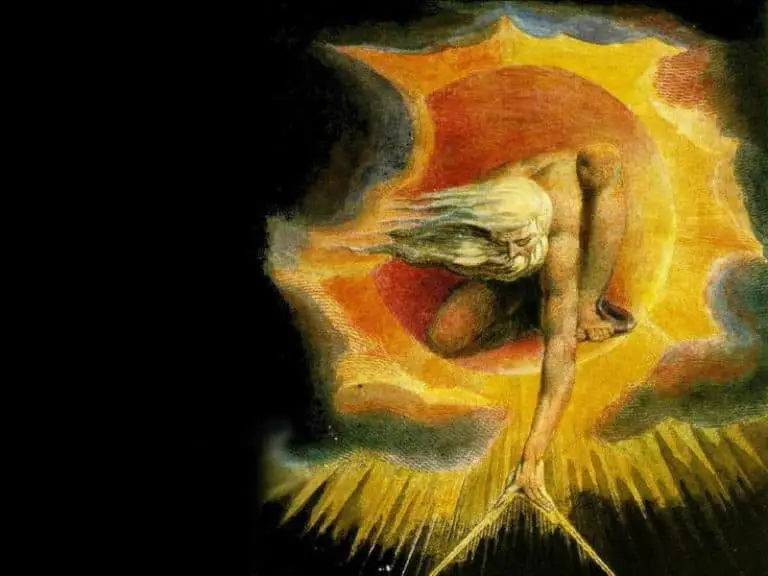
An artist doesn’t have a map or proven recipes for doing things. Instead, she just has a compass that will ultimately lead to undiscovered lands. If you adopt this independence-driven point of view, maybe you too, my dear reader, can claim the honorable title of an artist.
“The moon’s an arrant thief, / And the pale fire she snatches from the sun” – Shakespeare, Timon of Athens
I’m sure there’s a large “self-help” section in your local bookstore. From its contents, you can learn everything you need to become somebody and achieve great results at work. I’m thankful for this often looked-down-on genre because it helped me many times in my life. But how about throwing the guidelines away? How about stopping duplicating the results of others? How about thinking for yourself and creating a brand new, exciting vision for your life? You can become an artist if you decide to do something that has never been done before. It has to involve the risk of being ridiculed and the possibility of failure. Only then you can achieve something that will disrupt the status quo and pave the way for new art forms (Andy Warhol would be a perfect example of an artist, but I’m sure you can come up with many more).

In your mind, the work you do might be described as; unique, epic, remarkable, extraordinary, and exceptional – but never perfect. With that approach, you put yourself in jeopardy, but if you keep at it, you will earn the gratitude of an audience. Not “a target market” but the followers you’ve created through your work. So the idea is to produce for yourself first, even if you think that most people won’t like it. You may create art for art’s sake, but you can also turn it into a powerful vehicle that will create value, and affect the lives of many. You may sketch out a grand vision, and develop things that will ultimately affect millions. It’s all a matter of perspective and goals you want to achieve.
A stealthy walk through the Reina Sofia Museum of Modern Art (or, short musings on the goals of artists).
As a proud resident of Madrid, I often stride through the art places. I left the broad, Jesus-and-Mary-filled hallways of El Prado Museum, and set my eyes upon Madrid’s most famous modern art museum. Reina Sofia gave me a fresh perspective on art and what it tries to accomplish. Beyond pure surrealism, the walls of the museum were at peace with anger, sorrow, an imaginary future, reflections of harsh reality, and visions of the new world (say hello to the twentieth century). It also seemed to me that modern art is driven by the desire to change. There’s a need for something new, but also, a great desire for freedom. Some artists didn’t even try to make a point and their work reminded me of a scene from La Grande Belleza (except that the little girl makes millions off her work). In some way, modern art allows people to wake up, see the truth, and rebel against all types of authoritarianism. In the words of Brecht: “Art is not a mirror held up to reality but a hammer with which to shape it”. The problem is that this kind of art doesn’t reach enough people, and it often belongs only to the highbrow-champagne-drinking audience. Artists are also the chroniclers of their time. They can share ideas that couldn’t be expressed explicitly. Modern art rarely plays with open cards, and that’s why overall it’s niched, marginalized, and lacks universality. On the other hand, it seems to be more interesting than the old art because it’s more open to subjective experience. Reina Sofia also taught me that if you want to know an artist, you should look at their whole body of work. In many cases, only then you can detect the patterns and appreciate their greater vision.

Artists like you and I
Fortunately, in today’s world, you don’t have to sacrifice everything to adopt the mindset of an artist. Maybe you won’t become the next Proust (who would want to do that, anyway), but you will get a bit closer to Yossarian from the unforgettable Catch-22: “I am miracle ingredient Z-247. I’m immense. I’m a real, slam-bang, honest-to-goodness, three-fisted humdinger. I’m a bona fide superman.” An artist might be any person who questions the current state of affairs and creates something new. You don’t have to be a painter, sculptor, composer, or movie director to be an artist. Instead, you can organize events, build businesses, develop mobile apps, grow gardens, share useful ideas, or lead an original social life.

It’s not about the thing itself. It’s more about a certain mindset – the mindset of a creative person. In other words, an artist wakes up in the morning with an attitude that something is interesting to do. Embrace this quote I’ve found at the end of Hitch’s Letters to the Young Contrarian: “Have a lived life instead of a career. Put yourself in the safekeeping of good taste. Lived freedom will compensate you for a few losses. . . . If you don’t like the style of others, cultivate your own. Get to know the tricks of reproduction, be a self-publisher even in conversation, and then the joy of working can fill your days”. – George Konrad
The originality of an artist
True art is original. Of course, the process involves combinatorial creativity, where you infuse all of your previous knowledge and experience into creating a unique hybrid. By all means, filch a mannerism here, and a motif there, but while you’re at it, please acknowledge the victim of your clandestine operation. Nabokov had something to say about it in his Playboy interview: “A creative writer must study carefully the works of his rivals, including the Almighty. He must possess the inborn capacity not only to recombine but to re-creating the given world. To do this adequately, avoiding duplication of labor, the artist should know the given world. Imagination without knowledge leads no farther than the backyard of primitive art, the child’s scrawl on the fence, and the crank’s message in the marketplace. Art is never simple”. Achieving originality is a huge challenge because it requires a vast knowledge of what came before. Nabokov would get furious at his students who thought that art should be “sincere and simple”. He said: “Of course, art at its greatest is fantastically deceitful and complex”. Just think about the greatest works of art of all time; there’s a lot of novelty in them, but they’re also full of hidden meanings, and peculiar characteristics.
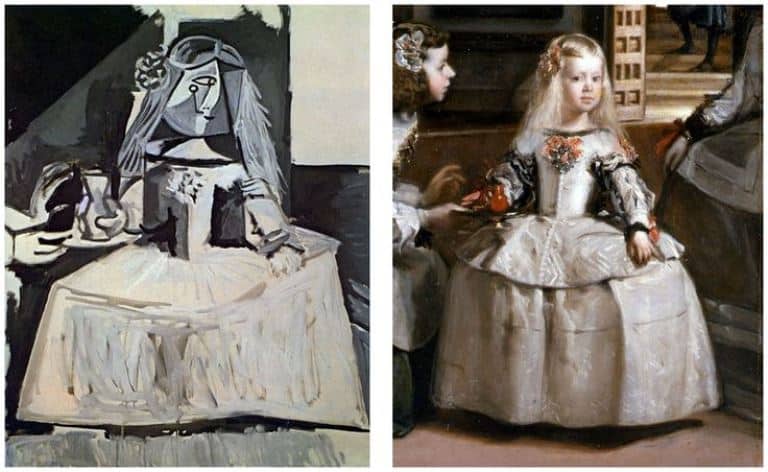
Artist as a craftsman
You don’t have to be a snob to appreciate or create art. No one has a monopoly on what’s possible within the means of artistic expression. The famous director Werner Herzog, talks about dropping the adorned robes of an artist and adopting a different point of view. In a must-read called “A Guide For The Perplexed”, he answers the “Are you an artist?” question in the following manner: “Never. All I’ve ever wanted to be is a foot soldier of cinema. My films aren’t art. In fact, I’m ambivalent about the very concept of “the artist.” It just doesn’t feel right to me. King Farouk of Egypt, in exile and completely obese, wolfing down one leg of lamb after another, said something beautiful: “There are no kings left in the world anymore, except four: the King of Hearts, the King of Diamonds, the King of Spades and the King of Clubs.” Just as the notion of royalty is meaningless today, the concept of being an artist is also somehow outdated”.
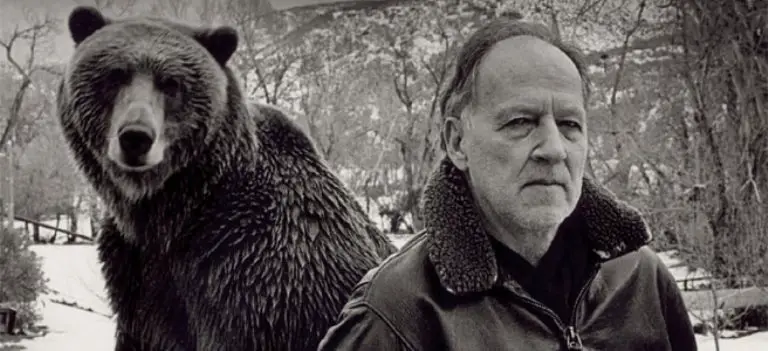
Then, he goes on to say that he feels closest to the late-medieval artisans who produced their work anonymously. This type of attitude may serve as a vaccine against artistic anxiety because it enables you to concentrate on your art, and not the public. The craftsman’s approach implies hard work. Counting on the sudden flight of genius is generally overrated. When you read about most great artists, you will find out that they had consistent daily routines and they stuck to them for years and years.
Daily Routines of The Artists
“Daily Habits: How Artists Work” permanently dispels the romantic notion of an artist. It lets you adopt a less seductive point of view. Mainly, it takes time, focus, and concentration to create great art. “Inspiration is for amateurs,” Chuck Close says. “The rest of us just show up and get to work.” Within the pages of the book, you’ll meet many great artists in close quarters. Darwin, for example, took long walks along the English countryside to think about his theory. Jung led an austere creative life in the Bollingen Tower, at the shore of Lake Zurich. Leonardo da Vinci observed country flowers for days to capture their essence. Dickens worked in his study for four hours every morning and he wouldn’t let anybody in. Many among them consumed immense amounts of coffee, cigs, and alcohol every day just to produce the next painting or a couple of pages. They would drug themselves with amphetamines into the state of flow (when they were still available as Benzedrine in your local drugstore). Some of them would even play with their penises to get the job (artistic, I mean) done. So there you have it – the craftsman approach.
Art for artists, or the public?
No matter which frame of mind you espouse, the main thing is to produce the art that you and only you want to produce. An artist does her thing because she cannot find it anywhere else. She feels that it should exist and that it should be shared with the rest of the world. In other words, it’s worth considering creating art for yourself. Paradoxically, it’s the main reason why it’s going to be appreciated by others.
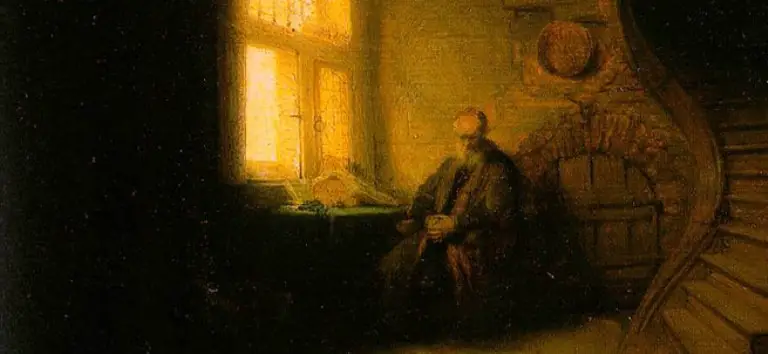
So go as crazy as you want because once you start creating to get approval, things will fall apart. Consider this excerpt from “The Nature of the Fun” essay by David Foster Wallace: “Then, if you have good luck and people seem to like what you do, and you start to get paid for it, and get to see your stuff professionally typeset and bound and blurbed and reviewed and even (once) being read on the a.m. subway by a pretty girl you don’t even know it seems to make it even more fun. For a while. Then things start to get complicated and confusing, not to mention scary. Now you feel like you’re writing for other people, or at least you hope so. You’re no longer writing just to get yourself off, which – since any kind of masturbation is lonely and hollow – is probably good. But what replaces the onanistic motive? You’ve found you very much enjoy having your writing liked by people, and you find you’re extremely keen to have people like the new stuff you’re doing”. The other idea I got from Wallace is that at the beginning your art may seem like a broken thing. Not only it’s imperfect, but it doesn’t even meet your high standards. After getting acquainted with art, you tend to develop a certain taste. And then, when you finally leave the safe consumption department and step into the production hall you will notice that your work pales before the work of your heroes. Trying to write a novel after reading “Lolita” makes you think “Why do I even bother?” But if you know that you have something to share, you should adopt the Kaizen philosophy, and improve every day until your work brings satisfactory results. It’s more of a “when”, than “if” question.
Sharing your art with the world might be painful
In today’s world, you feel exposed. Go against the grain and you’ll surely invite fusillades of petty criticism. Posting an abusive comment is easy (and reading some of them is an exercise in masochism). Genuine criticism, however, may serve as valuable feedback on your work. It helps you to improve. But dealing with arrogant pricks with poisoned souls, who want to make you feel bad, is a different thing. Many artists and writers don’t read comments, articles, or hardly anything concerning their work (maybe except for Richard Dawkins who likes to read his hate mail).
Express yourself creatively and get paid along the way
There’s an innate need for creative expression in human beings. With the power of the Internet, it’s easier than ever to create something and show it to others. There’s a revival of artistic activity on every level, and now, we’re dealing with a whole new class of creative individuals. Pretty soon, the large offices will shrink, and much of the creative work will be done on a freelance basis. Moreover, social media allows you to build your platform where you can share and make a living off your art. I think we should forever drop the idea of a starving artist. Nowadays you don’t even have to be dead to let others finally appreciate your art. Van Gogh, for example, sold only two paintings in all of his life, and now, of course, his works are worth millions. On the other side of the spectrum, you have a person like Wyland, who consistently earns hundreds of thousands of dollars for his paintings and mural jobs. I strongly suggest you check out an interview with him where he shares his “be a happy artist and don’t be afraid to get paid” philosophy.
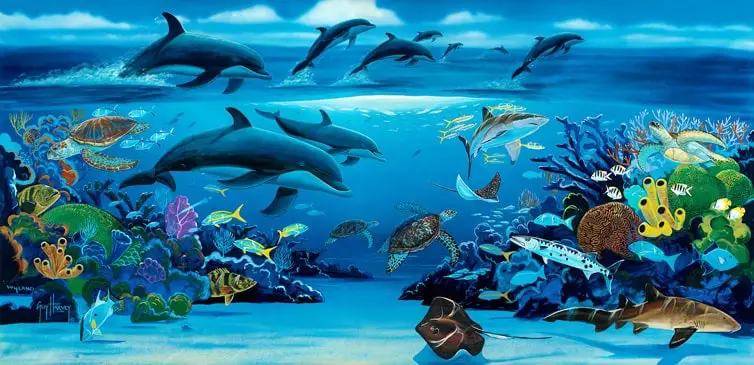
With all the methods of communication at our fingertips, you should be able to find an audience and get to earn rewards for your efforts. There are donations, Kickstarter campaigns, services like Patreon, digital products, e-commerce platforms, drop-shipping, advertising revenue, and all sorts of other things that will enable you to get paid for your work (no matter if it’s done independently or commissioned by a third party). And finally, you can change people’s lives with your art. I remember that a single sentence from Orhan Pamuk’s novel “My Name is Red” changed my life forever. So get going and heed the words of Robert Frost:
“I shall be telling this with a sigh Somewhere ages and ages hence: Two roads diverged in a wood, and I— I took the one less traveled by, And that has made all the difference”.
Next up, you may want to explore a list of the top photography and art book publishers.
Hey there, welcome to my blog! I'm a full-time entrepreneur building two companies, a digital marketer, and a content creator with 10+ years of experience. I started RafalReyzer.com to provide you with great tools and strategies you can use to become a proficient digital marketer and achieve freedom through online creativity. My site is a one-stop shop for digital marketers, and content enthusiasts who want to be independent, earn more money, and create beautiful things. Explore my journey here, and don't forget to get in touch if you need help with digital marketing.

